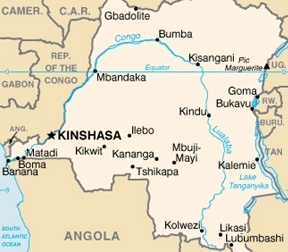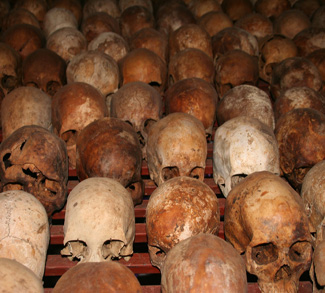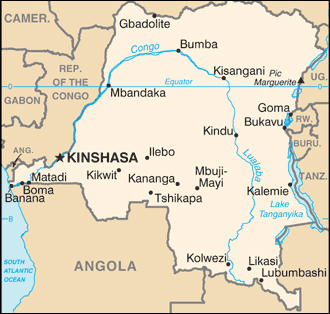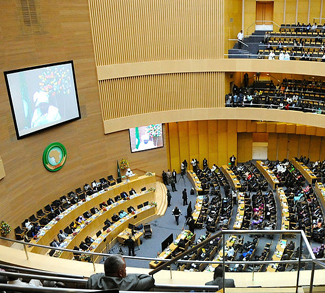Summary
This report examines the current war and genocide in the Democratic Republic of Congo, which started in the mid-1990s, placing emphasis on the roles of Western covert operations, corporations and the plundering of resources that has resulted.
Analysis
War in the Congo
King Leopold’s War for Rubber
Nearly 125 years ago, during the beginning of the European ‘Scramble for Africa’, European empires competed with each other to take over Africa and plunder it for its resources. The King of Belgium at the time, King Leopold II, sought to take control over the Congo, as during the time, “the demand for rubber increased dramatically,” and the “Congo contained wild rubber trees which could be harvested immediately to meet the spiraling demand.”[1] This was achieved by forcing African males to work by taking “their families hostage until a certain amount of rubber was harvested,” and they would, “chop off the hands of Africans who failed to meet their quotas or who resisted European demands for more rubber.” All of this resulted in “up to 10 million people [who] died through a combination of murder, starvation, exhaustion, disease and a plummeting birth rate.”[2]
The Congo Civil War: 1996-1998
In 1996, two years after the massive killings in Rwanda, a new conflict arose, which today is still ongoing, and has in the last 12 years resulted in millions of deaths. The Congo, which before went by the name Zaire, was invaded in 1996 by Rwandan troops under the orders of Tutsi President Paul Kagame. He argued “that the Hutus across the border posed a threat to Rwandan security.”[3] Kagame’s army, “massacred thousands of Hutu noncombatants who had taken refuge in The Congo when Kagame came to power” in Rwanda. Burundi, which also had a Tutsi government, and Uganda sent troops in 1997 to aid a Congolese rebel group under Laurent Kabila, who was attempting to overthrow Zaire’s dictator, Mobutu Sese Seko.”[4]
2007: page 257-258




